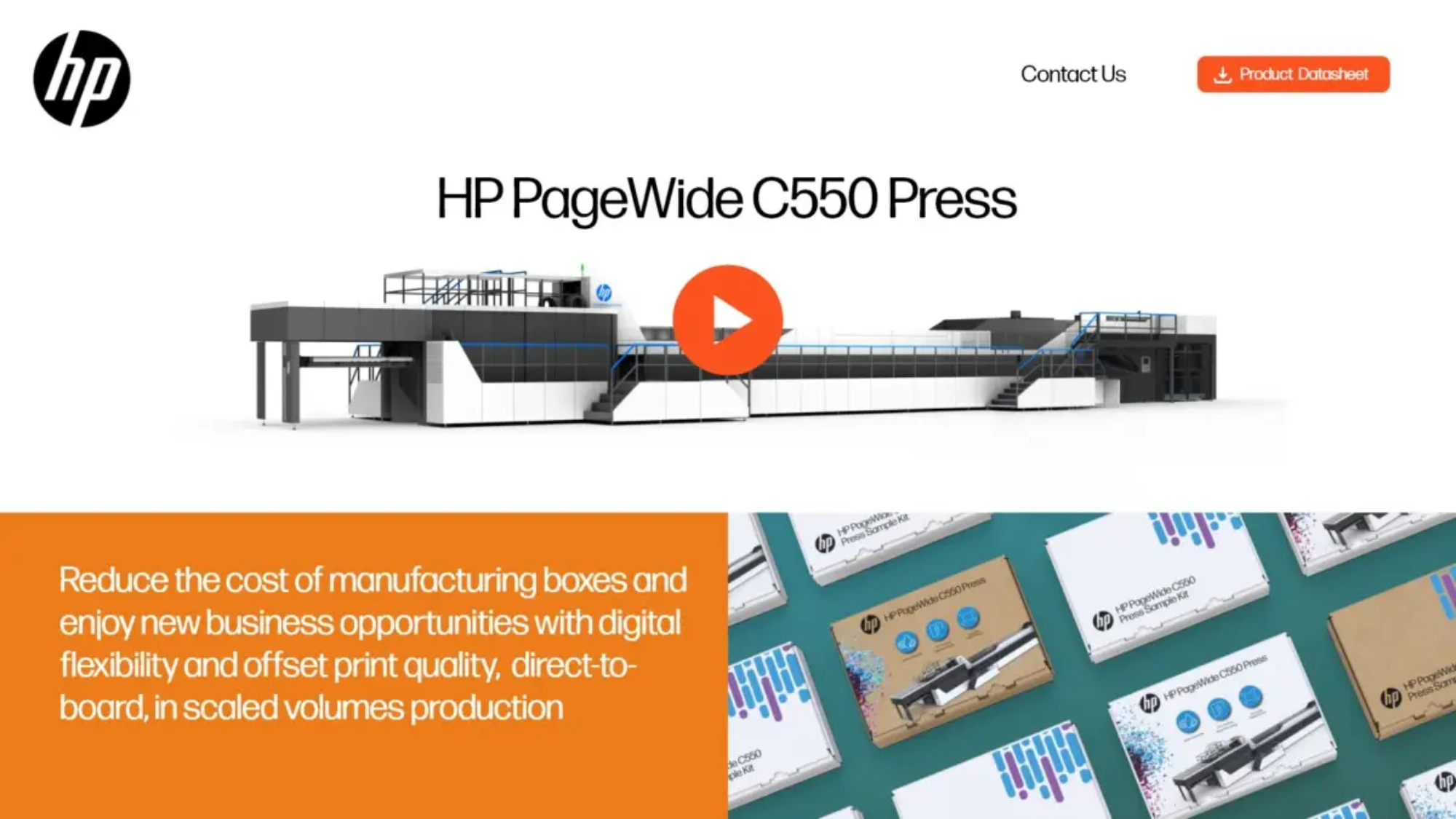In the world of B2B communications, design plays a crucial role that is often underestimated. While B2B marketing has traditionally focused on facts, figures, and features, the power of visual design in conveying messages, building brand identity, and influencing decision-makers cannot be overstated. Let’s explore the various ways design impacts B2B communications and how you can leverage it for better results.
- First Impressions Matter
In B2B, just as in B2C, first impressions are critical. Design is often the first point of contact between your brand and potential clients.
- Professional design conveys credibility and expertise
- Visual appeal can capture attention in a crowded marketplace
- Consistent design across touchpoints reinforces brand recognition
- Enhancing Brand Recognition
Consistent and memorable design elements help build strong brand recognition in the B2B space.
- Develop a unique visual identity (logo, color scheme, typography)
- Apply design consistency across all marketing materials
- Use design to differentiate from competitors
- Simplifying Complex Information
B2B products and services often involve complex concepts. Good design can make this information more accessible and understandable.
- Use infographics to visualize data and processes
- Employ icons and illustrations to represent abstract concepts
- Create flowcharts and diagrams to explain complex systems
- Improving User Experience
In the digital realm, design plays a crucial role in user experience, which can directly impact conversion rates.
- Create intuitive website navigation
- Design mobile-responsive layouts
- Use visual cues to guide users through the buyer’s journey
- Storytelling Through Design
Visual design is a powerful tool for storytelling, allowing B2B companies to create emotional connections with their audience.
- Use imagery that resonates with your target audience
- Create visual narratives that illustrate your brand’s journey or values
- Employ video and animation to bring stories to life
- Differentiating from Competitors
In crowded B2B markets, unique and memorable design can set you apart from competitors.
- Develop a distinct visual style that reflects your brand personality
- Use design to highlight your unique selling propositions
- Create visually striking marketing materials that stand out at trade shows and events
- Enhancing Content Marketing
Design plays a crucial role in making your content marketing more effective and engaging.
- Create visually appealing blog post layouts
- Design eye-catching social media graphics
- Develop branded templates for whitepapers and ebooks
- Supporting Sales Efforts
Well-designed sales materials can significantly impact the effectiveness of your sales team.
- Create visually compelling presentations and pitch decks
- Design intuitive product demos and explainer videos
- Develop attractive and informative product brochures
- Building Trust and Credibility
Professional design conveys a sense of reliability and expertise, which is crucial in B2B relationships.
- Use design to showcase client testimonials and case studies
- Create visually appealing annual reports and company overviews
- Design professional credentials and certifications displays
- Adapting Design for Different Channels
Effective B2B design must be adaptable across various marketing channels while maintaining consistency.
- Develop responsive designs for different screen sizes and devices
- Create channel-specific design guidelines (e.g., social media, email, print)
- Ensure brand consistency across all touchpoints
The role of design in B2B communications cannot be overstated. From making first impressions to simplifying complex information, supporting sales efforts, and building trust, design impacts every aspect of how your brand is perceived and interacted with. By investing in professional, strategic design, B2B companies can significantly enhance their marketing effectiveness, differentiate themselves from competitors, and ultimately drive better business results.
Remember, good design in B2B is not about flashy graphics or following the latest trends. It’s about creating a visual language that effectively communicates your brand’s value, simplifies complex information, and guides your audience through the buyer’s journey. When done right, design becomes a powerful tool that can elevate your B2B communications and drive meaningful business outcomes.Ready to elevate your B2B communications through strategic design? Contact Marcom Solutions today to explore how our design expertise can transform your marketing efforts and help you stand out in the competitive B2B landscape.
